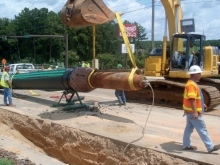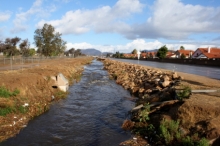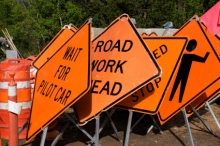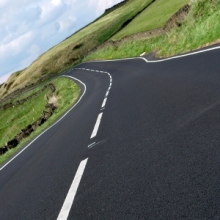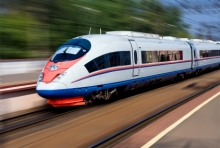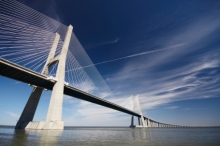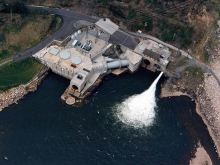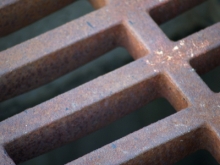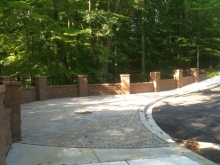Pipe Bursting: A Trenchless Technology
Often dubbed a trenchless technology, pipe bursting involves the replacement of an old pipeline with a same or larger diameter pipe that destroys the original pipe as the new one is installed. The pipe bursting tool, which is pulled through the sewer by a winch or rod located at the upstream manhole, forces its way through existing pipe materials by fragmenting the pipe and compressing the broken pieces into the soil as it progresses.
